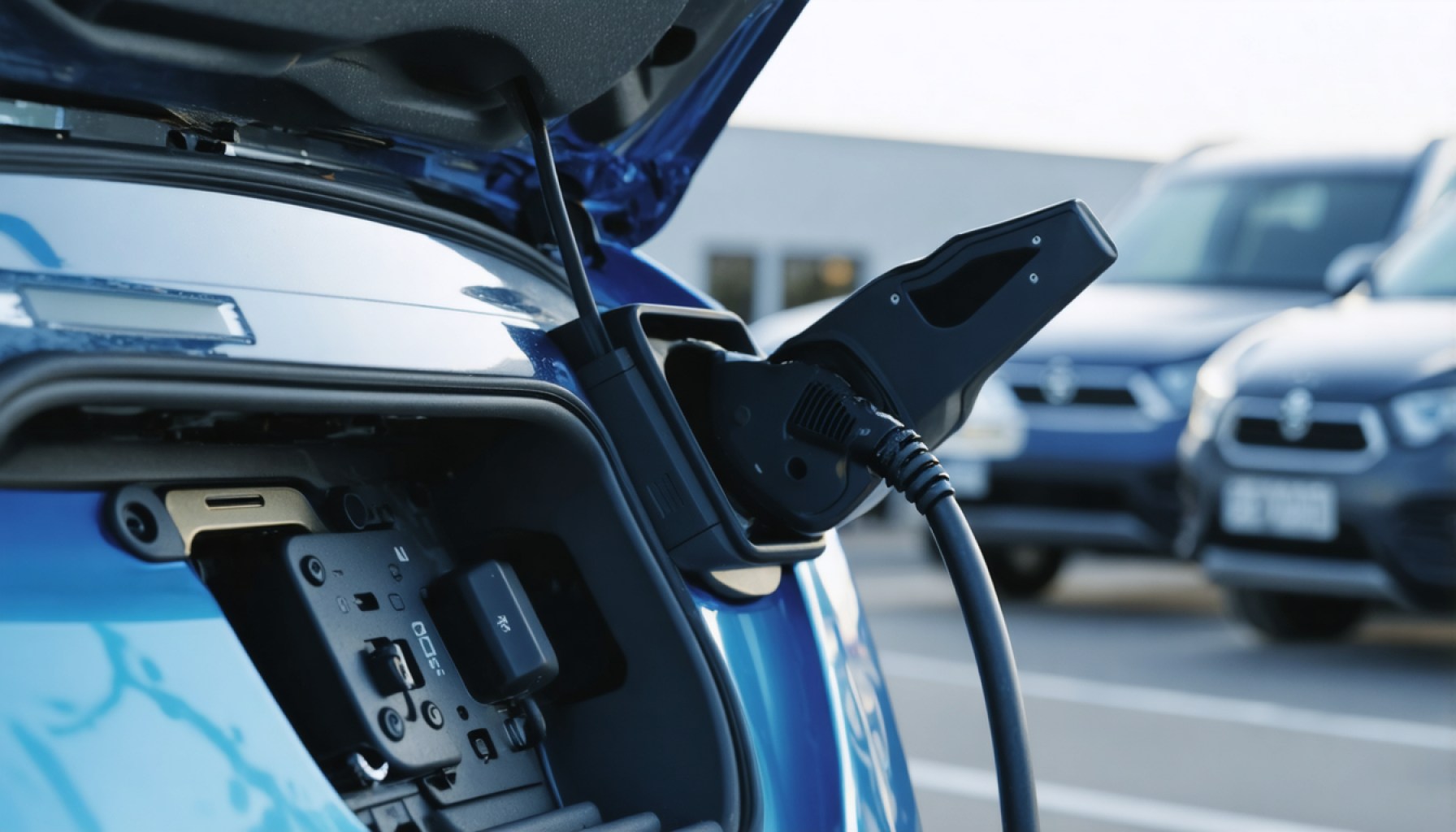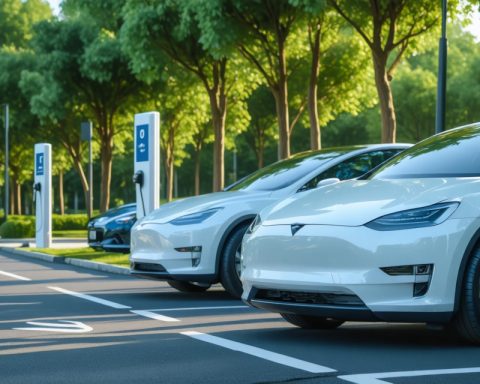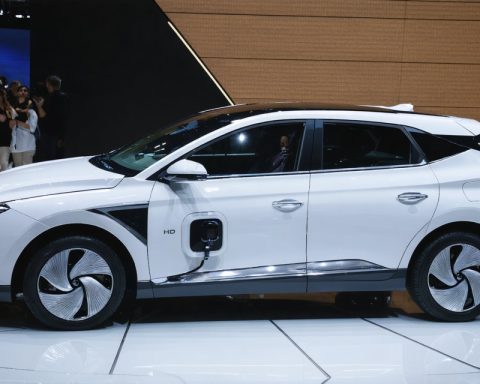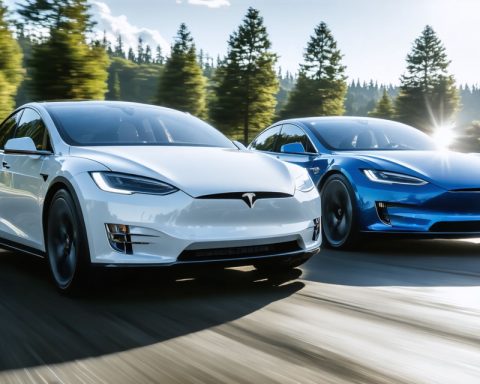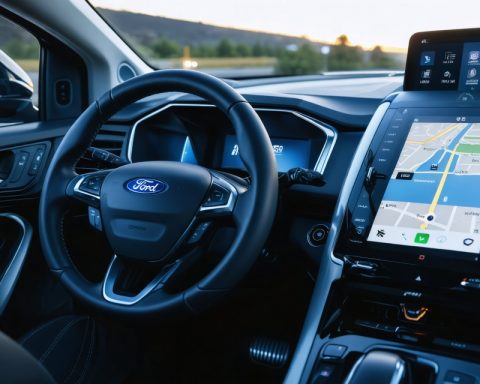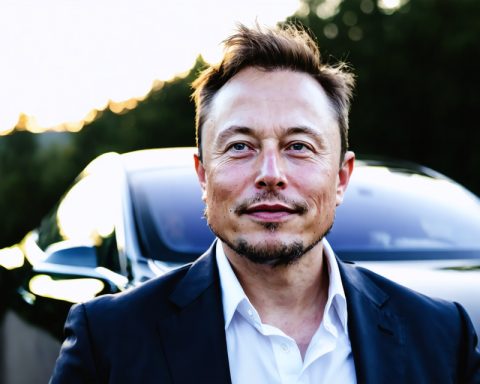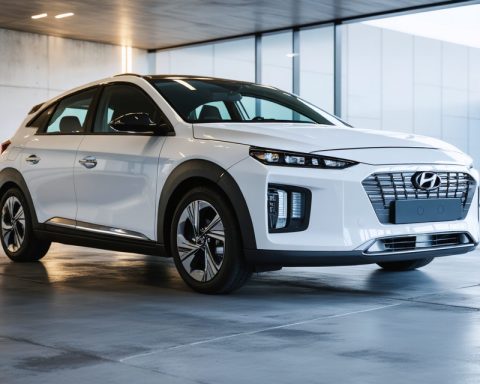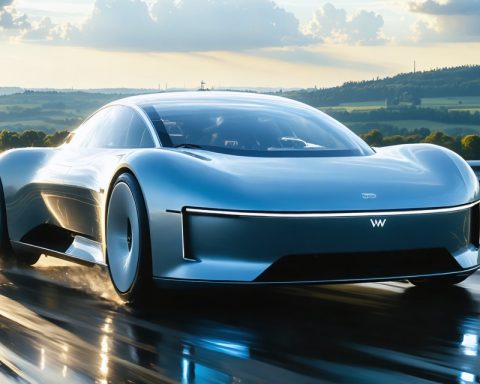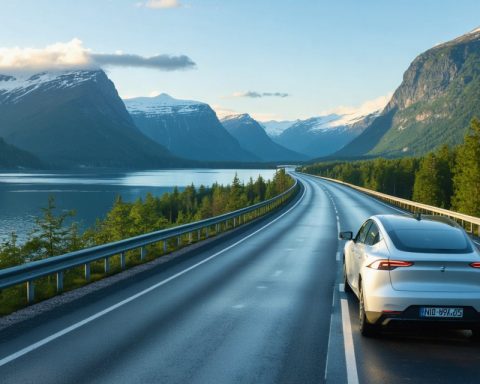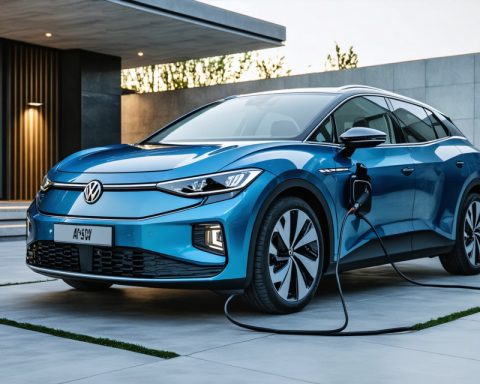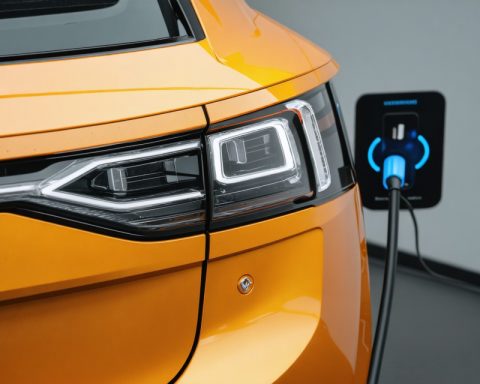- Minnesota faces a fiscal challenge as electric vehicle (EV) adoption reduces gas tax revenue, crucial for infrastructure maintenance.
- The Minnesota Department of Transportation reports a 1-2% annual decline in gas tax revenue, impacting the state’s transportation funding.
- Proposals include a $0.05/kWh fee at public charging stations and increasing the EV surcharge from $75 to up to $200.
- Lawmakers aim to balance fiscal needs with environmental goals, ensuring sustainable transportation growth.
- EVs currently make up 1% of Minnesota’s vehicles, with a rising trend as 7% of 2023 vehicle sales were electric.
- The state aims for 20% of vehicles to be electric by 2030, necessitating innovative taxation strategies to support green initiatives.
- The overarching aim is to foster a transportation system that sustains economic and ecological progress simultaneously.
Minnesota stands at a crossroads, balancing its pursuit of greener roads with the pressing need to fund essential infrastructure. In a state renowned for its expansive landscapes and vibrant communities, lawmakers are now wrestling with a financial conundrum brought about by the very progress they wish to encourage—electric vehicles (EVs).
Picture it: the sturdy roads and bridges that stretch across Minnesota’s scenic horizons are in need of repair, sustained by funds that are dwindling as the gas tax revenue wanes. With the automotive landscape tilting toward EVs, the dependable revenue from gas taxes is slipping by 1-2% each year, according to the Minnesota Department of Transportation. This downward trend threatens the lifeblood of the state’s transportation projects.
As policymakers huddle to draft the future, a myriad of proposals float through the legislative chambers. Some suggest imposing a $0.05 fee per kilowatt-hour at public charging stations—a potential new revenue stream anchored in the rise of EV usage. Others push to elevate the existing EV surcharge from $75 to a potential high of $200, ensuring that electric vehicle owners help shoulder the burden of infrastructure upkeep. Further discussions even delve into charging drivers based on the miles they traverse.
Yet, this debate is not wholly about numbers. It’s also a narrative of transition—a dance between sustainable progress and fiscal responsibility. Visionaries like Carolyn Berninger from the Drive Electric Minnesota Coalition champion patience. The high cost of electric vehicles already ensures significant contributions from EV owners through sales taxes, feeding into the very funds they might further augment. Each electric vehicle, with its sleek design and silent engine, represents not just a reduction in emissions but also an implicit fiscal pledge.
As lawmakers deliberate under pressure from a looming $6 billion deficit, voices from across political spectrums converge on a mutual understanding: necessary changes must preserve environmental gains without stalling Minnesota’s ambitions for a cleaner transport future. The tension between immediate fiscal needs and long-term ecological ambition creates a vivid tableau of innovation grappling with tradition.
While electric vehicles account for only 1% of cars on Minnesota’s roads today, their rising popularity—7% of vehicles sold in 2023 were electric—is a testament to the state’s sustainability goals. Aiming for 20% of all cars to be electric by 2030, Minnesota’s strategy teeters on a precipice where innovative taxation could either accelerate or impede this green trajectory.
In this unfolding narrative, the key takeaway is clear: striking a balance is paramount. As Minnesota writes its next chapter in the automotive revolution, the challenge is to craft a vision that doesn’t just accommodate progress but actively fuels it. The need to bolster transportation funding while embracing a greener future invites both creativity and caution, ensuring the heartbeat of Minnesota’s roads echoes resilience and foresight for generations to come.
Will Minnesota’s Push for Electric Vehicles Pave the Way for a ‘Greener’ Infrastructure?
Introduction: The Financial Crossroads
Minnesota is currently facing a unique challenge: how to fund essential infrastructure projects as the shift towards electric vehicles (EVs) erodes traditional gas tax revenues. This dilemma holds implications not just for state lawmakers, but also for Minnesota’s residents and the environment.
Understanding the Revenue Decline
Gas taxes have long been a reliable source of funding for road maintenance in Minnesota. However, with EVs gaining popularity, this source is diminishing. With a projected 1-2% yearly decline in gas tax revenue as more EVs replace traditional vehicles on the roads, new strategies are being explored to mitigate this loss.
Proposals on the Table
1. Kilowatt-Hour Fee at Charging Stations: One idea being considered is a $0.05 fee per kilowatt-hour at public charging stations. This approach taps directly into the increasing use of EVs.
2. Increased EV Surcharge: Lawmakers are also debating raising the existing EV surcharge from $75 to $200, with the aim of having EV owners contribute more substantially to infrastructure upkeep.
3. Mileage-Based Charges: There is some consideration for charging drivers based on the number of miles traveled, which could ensure all drivers contribute equitably to road maintenance, regardless of their vehicle’s fuel type.
Balancing Environmental and Financial Goals
Striking a delicate balance between financial sustainability and environmental objectives is critical. Policymakers must consider how these new measures might impact EV adoption rates. Current stakeholders, such as the Drive Electric Minnesota Coalition, advocate for thoughtful approaches that do not discourage EV ownership or stall environmental progress.
Trends in Electric Vehicle Adoption
Despite only 1% of Minnesota’s vehicles being electric today, the state saw 7% of vehicles sold in 2023 as EVs. With ambitious goals for 20% EVs by 2030, the trajectory indicates growing public interest in sustainable transportation.
– Pros: Reduced emissions, lower long-term vehicle maintenance costs, and eligibility for various incentives.
– Cons: Higher upfront costs, limited charging infrastructure, and current range anxiety.
Market Forecast and Industry Trends
The broader automotive industry is moving towards electrification. Declining battery prices, advancements in EV technology, and supportive policies are expected to boost EV sales. However, infrastructure needs must be addressed to support this rapid adoption.
– EV Charging Infrastructure: Significant investments are required in charging stations to make EV ownership more viable in urban and rural areas alike.
– Battery Technology: Innovations are leading to longer ranges and shorter charging times, which can help alleviate consumer concerns.
Potential Solutions and Recommendations
1. Public-Private Partnerships: Collaborations between the state and private firms could enhance charging networks and reduce the public financial burden.
2. Incentive Programs: Encourage EV adoption through rebates, tax incentives, and educational campaigns about the benefits and savings of EVs.
3. Graduated Fees: Implement tiered fees based on vehicle size or usage to ensure fairness and encourage fuel-efficient driving habits.
4. Pilot Programs: Explore and test-mileage-based user fees in specific regions to gather data and assess feasibility.
Conclusion: A Path Forward
As Minnesota navigates this transition, crafting policies that sustain both infrastructure and environmental goals will be essential. The state stands as a potential leader in merging innovative taxation policies with green advancement, setting a precedent for others to follow.
For more insights into electric vehicles and sustainable transportation initiatives, visit the Drive Electric Minnesota website.
—
Quick Tips for EV Owners in Minnesota
– Stay Informed: Follow state legislation changes to understand fee adjustments and incentives.
– Plan Ahead: Map out charging stations for longer trips to ease range anxiety.
– Maximize Savings: Look into available state and federal incentives to reduce upfront costs.
By remaining adaptable and open to these evolving dynamics, Minnesota can reinforce its commitment to sustainable transportation while securing the funds necessary for future infrastructure enhancements.
